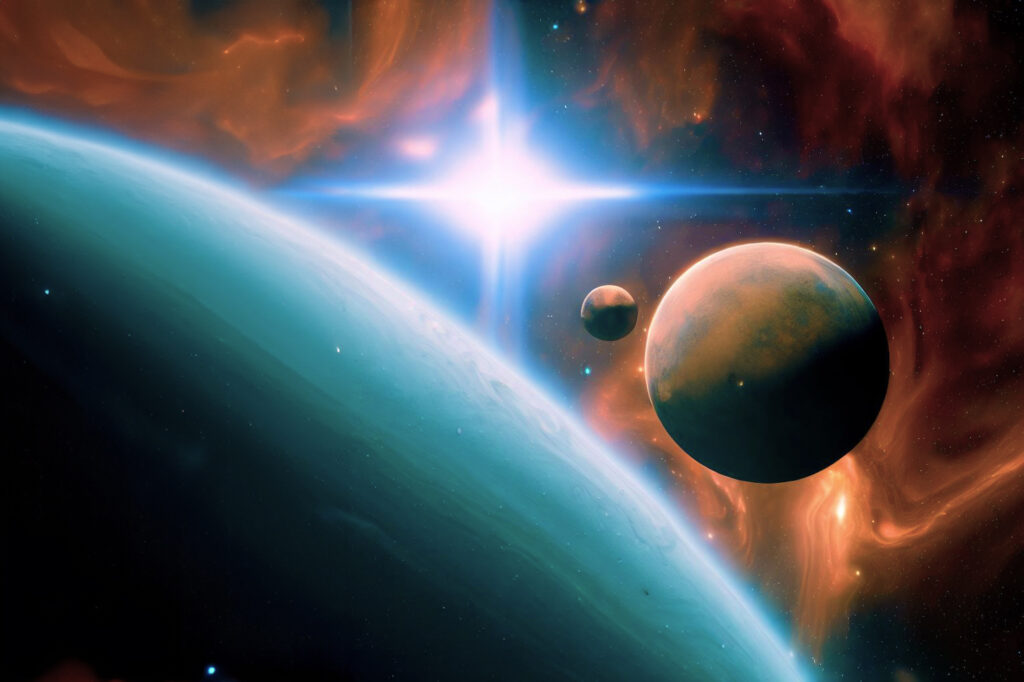Welcome to the Amazing World of Proxima B!
Are you ready to embark on an incredible journey to a distant planet? Today, we are going to explore the fascinating world of Proxima B and its star, Proxima Centauri. But first, let’s understand the mind-boggling distance between Earth and this mysterious exoplanet.
Proxima B is located in the Alpha Centauri star system, which is the closest star system to our own. Proxima Centauri, the star around which Proxima B orbits, is about 4.24 light-years away from Earth. Now, you might be wondering, what does that mean?
Imagine if you could travel at the speed of light, which is about 300,000 kilometers per second. It would still take you more than 4 years to reach Proxima B! That’s how far away it is from us.
Could Proxima B Be Our New Home?
Scientists have been intrigued by Proxima B because it lies within the habitable zone of its star. The habitable zone is the region around a star where conditions might be just right for liquid water to exist on the surface of a planet. And as we know, water is essential for life as we know it.
However, Proxima B isn’t exactly an Earth-like paradise. It orbits very close to its star, which means it’s subjected to intense radiation and might be tidally locked, with one side always facing the star. This could lead to extreme temperature differences between the two sides of the planet.
But don’t lose hope just yet! The James Webb Space Telescope, the most advanced space telescope ever built, is on a mission to unveil the mysteries of Proxima B. It will study the planet’s atmosphere and search for signs of life. Who knows what incredible discoveries await us?
The James Webb Space Telescope: Our Window to Proxima B
The James Webb Space Telescope, or JWST for short, is like a superpowered eye in the sky. It has a gigantic mirror that can collect and focus light from distant objects, allowing us to see deeper into space than ever before.
One of the main goals of JWST is to study exoplanets like Proxima B. By analyzing the light passing through the planet’s atmosphere, scientists can determine its composition. They will be looking for gases like oxygen, methane, and carbon dioxide, which could be indicators of life.
But the journey to Proxima B won’t be easy. The James Webb Space Telescope will have to endure extreme temperatures and navigate through the vastness of space to reach its destination. It’s a true testament to human ingenuity and our unquenchable thirst for knowledge.
The Future Is Out There
So, my young explorers, as we eagerly await the findings from the James Webb Space Telescope, let’s remember that the universe is full of wonders waiting to be discovered. Proxima B might be the stepping stone to even more extraordinary findings.
With each new discovery, we come closer to answering one of the most profound questions of all: Are we alone in the vastness of space? Until then, keep looking up at the stars and dreaming of the day when we might set foot on a distant world like Proxima B.



